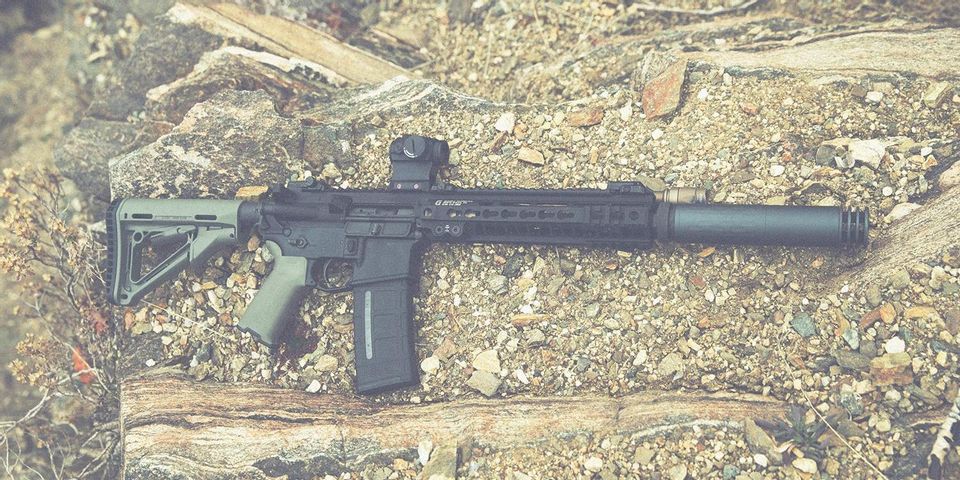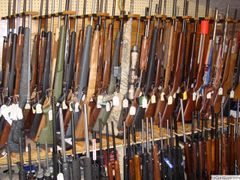
The rate of spin of the bullet inside the barrel of your gun is referred to as the ‘twist rate’. Spiraling grooves on the inside of the barrel, called rifling, are what spin the bullet. The less time it takes for a bullet to turn, the higher the twist rate. By better understanding the twist rate and the impact it has on ammunition, you can be better equipped to improve your marksmanship.
Trajectory
If a weapon has a twist rate of 1:8, that means it will turn over once for every 8 inches of rifling. If the second number in the ratio is smaller, that means the bullet will have fewer inches to turn. As such, a twist rate of 1:6 means the bullet is spinning faster than 1:8.
Your gun’s barrel needs to be able to put enough spin on the rounds to stabilize them. If a bullet isn’t spinning quickly enough, it can lose stability. The tip of the bullet will no longer be leading, resulting in wobbling and tumbling as the air resistance changes. If your bullets are hitting at an angle or don’t leave smooth and circular holes, your twist rate could be too slow.
Ammo Choice
 A gun’s twist rate can also be too fast, so if a bullet is too light for the rifling in your barrel, it could over-spin, throwing it off its axis. In some cases, the bullet jacket will undergo too much pressure and come apart mid-flight. Luckily, the rate of twist for a given firearm will usually be suitable for the intended cartridges.
A gun’s twist rate can also be too fast, so if a bullet is too light for the rifling in your barrel, it could over-spin, throwing it off its axis. In some cases, the bullet jacket will undergo too much pressure and come apart mid-flight. Luckily, the rate of twist for a given firearm will usually be suitable for the intended cartridges.
The 1:7 twist rate of military rifles is capable of stabilizing rounds used in combat zones, including bullets ranging from 62 to 90 grains (the bullet's weight, with 437.5 being 1 oz). If you try 55-grain rounds, however, your accuracy would suffer from the fast twist rate.
A 1:8 twist rate offers more flexibility, as it can stabilize 80-grain rounds without losing as much accuracy on 55-grain bullets. 1:9 rates of twist are most suitable for light to mid-weight bullets, with a range of about 45-75 grains.
Suppressors
Twist rates can also determine the type of ammo for a suppressor. Subsonic rounds are commonly used with suppressors since, unlike supersonic ammo, they don't break the sound barrier, muting the loud cracking sound that would usually be heard.
Subsonic rounds are heavier, in order to keep as much energy as possible at slower speeds, and some barrels with slower twist rates are unable to stabilize them. If rounds are too unstable, they can leave the barrel at an angle and strike the suppressor instead of passing through it.
If you’re seeking knowledgeable professionals to help with your gun’s twist rate, look no further than Glauber’s Sports in Carrollton, KY. They’re a renowned, historically-owned business that has served the Greater Kentucky Tri-State area for over 150 years. Call them at (502) 732-4005 to speak with a friendly associate, or visit them online to browse their wide selection.
About the Business
Have a question? Ask the experts!
Send your question

